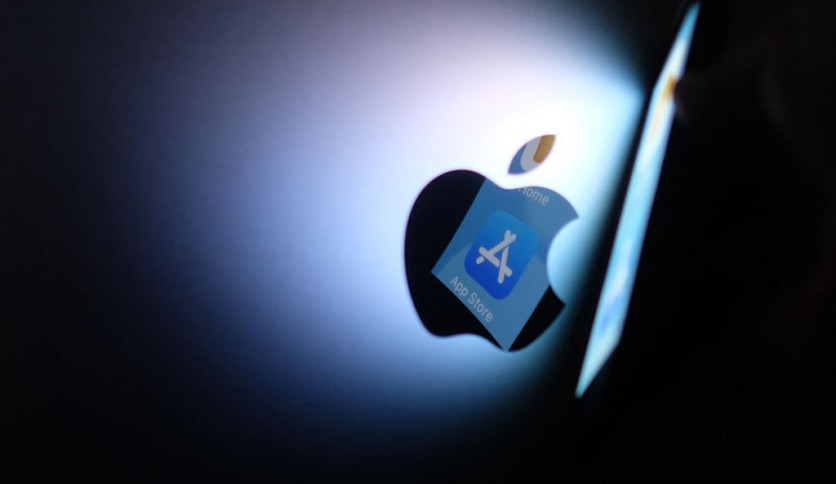The recent holiday shopping season did not yield desirable results for the output of global smartphone shipments in the fourth quarter of 2022 due to macroeconomic difficulties and sluggish consumer demand, as per market research firm IDC.

Biggest One-Quarter Dip
According to a report released on Wednesday, Jan. 25, electronics companies delivered 300.3 million smartphones in the October to December quarter, a decrease of 18.3% compared to the same period last year. CNBC reports that this is the biggest one-quarter dip ever recorded.
In 2022, 1.21 billion smartphones were delivered, the lowest annual shipping total since 2013, according to IDC. This was caused by dramatically reduced consumer demand, inflation, and economic uncertainty.
IDC's research director Nabila Popal said they have never observed significantly lower shipments in the holiday season compared to the previous quarter. Vendors, however, dramatically reduced their shipments due to weak demand and high inventory.
According to IDC, the challenging end of 2022 jeopardizes the 2.8% recovery projected for 2023, with significant downside risk to the projection.
Read also : Apple iOS 16.3: Physical Security Keys to Help Secure Apple ID as Part of Two-Factor Authentication in 2023
Apple Remains on Top
Apple remained the world's leading manufacturer of smartphones. IDC's report indicates that Apple shipped 72.3 million iPhones in the fourth quarter, which is a 14.9% decrease from the same period last year.
Apple held a market share of 24.1%. However, sales still fell even though the tech giant released the iPhone 14 series before the holiday quarter.
The decline could be attributed to the stringent lockdowns and worker protests at the iPhone manufacturing facility in Zhengzhou, China. Apple has also been facing supply chain problems during the third quarter.
Shipments from Samsung, the second-largest smartphone manufacturer, fell 15.6% year over year to 58.2 million units. Samsung did not introduce a brand-new flagship smartphone for the fourth quarter, but the company will likely unveil it during an event on Feb. 1.
Meanwhile, Chinese electronics manufacturer Xiaomi shipped 33.2 million units in the last quarter of 2022, a 26.3% decrease from last year. The top five smartphone manufacturers, which also include Chinese smartphone manufacturers Oppo and Vivo, also recorded significant declines.
Anthony Scarsella, research director at IDC, forecast that 2023 will be a year of caution as suppliers reevaluate their device portfolios and channels reconsider taking on extra inventory.
Related Article : EU Could End the 'Apple Tax' with the Digital Market Act that Could Force the Company to Give Up Its 'Monopoly'

ⓒ 2026 TECHTIMES.com All rights reserved. Do not reproduce without permission.




